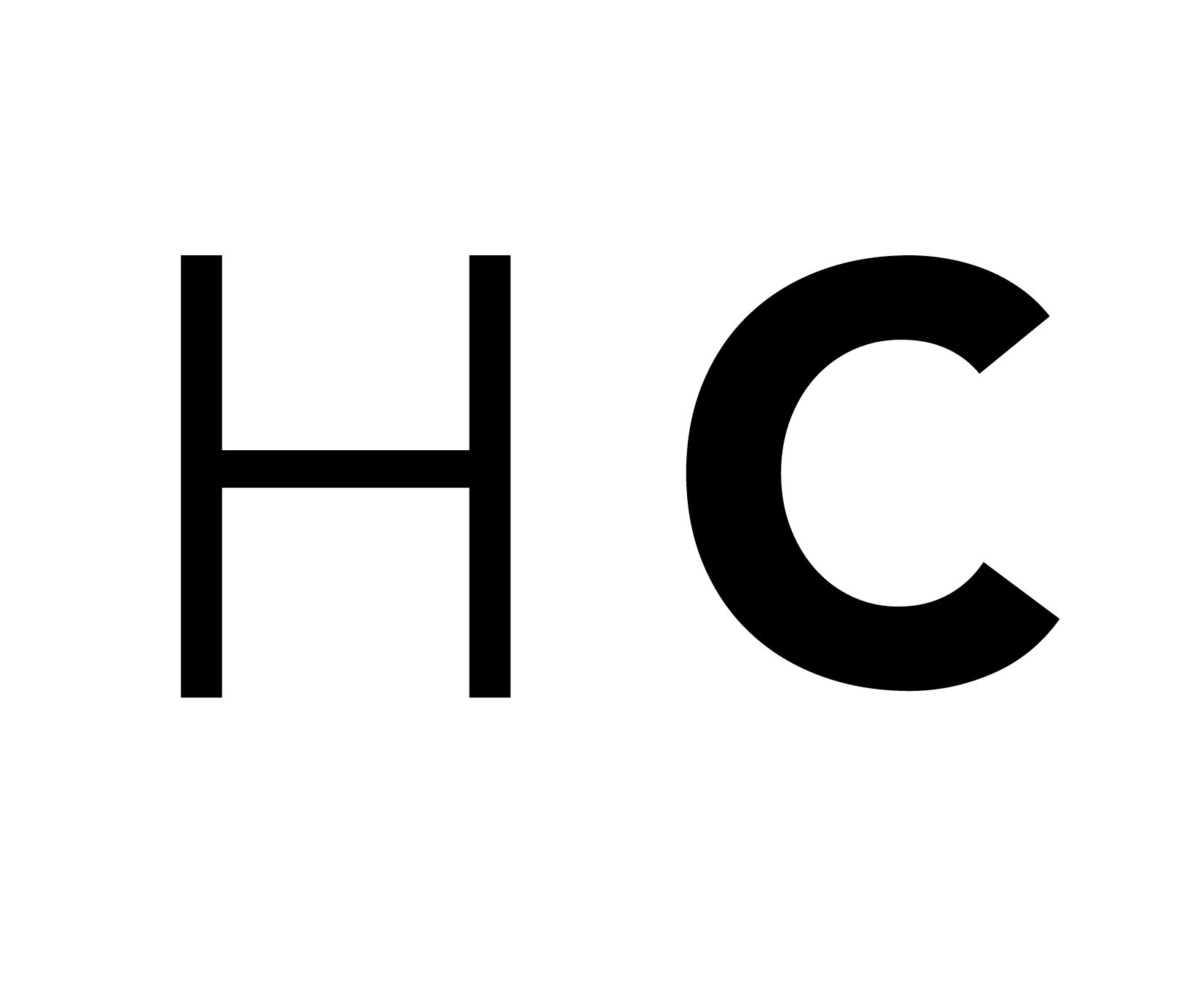Naming Your Inner Critic.
Does your inner critic
have a name?
watch a summary
Do you have an inner critic?
A voice, only you can hear, reminding you what you’re not good at.
Left to its own devices, a critical voice can be destructive.
Nipped in the bud, you can use it to help you stretch and grow.
When does an inner critic show up?
Any time you do work that stretches you or is important to you, an inner critic may show up.
An inner critic loves to make a cameo when you’re doing something for the first time.
Your inner critic has a job.
That job is to keep you safe. As a result, it reminds you what could go wrong.
Because your inner critic is so good at keeping you safe, there may be times when you need to do some mental gymnastics to get out of negative thinking and take positive action.
What would you call your ‘critical voice’?
It’s a fun idea to think about, often with hilarious results, at work.
In our workplace workshops on this topic, we ask people to name their inner critic.
Here are some of the names they come up with:
Tina the Tornado.
Self Critical Steve.
Negative Nancy.
Hang-on-a-sec-there-champ.
Wreck it Ralph.
What would you call yours?
Who is your wiser self?
Your wiser self is the version of yourself that wants you to succeed.
Your wiser self:
Is on your team.
Knows who you are.
Has the confidence and ‘the audacity’.
Knows you’re capable.
Try thinking of a time you felt really badass. Who was in control then?
What is your wiser self’s name?
If you had to give them a name … what would you call them?
Putting your wiser self to work.
In our workshops, we ask people to invite their wiser self to the table. We then ask them to think of a time at work where the inner critic stole the show.
Then we ask them to imagine a scenario when their wiser self is also present.
Here’s an example.
The inner critic might show up to say: “This presentation will be boring. It’s too simplistic and basic. No one will like it.”
Here’s a scenario with your wiser self also present: “I’m nervous because it's important to me. It’s not my job to be smarter. It’s my job to be understood and help people.”
The idea of bringing your wiser self helps you create a logical argument to get your inner critic out of the way. From there, yoo you can get back to doing what you need to do.
This technique is called ‘positive reframing’.
Studies prove that people who use this technique perform better.
For example, one found people who used this technique performed better in maths tasks, public speaking, and karaoke.
It is scary doing new things.
But if you solely listened to your inner critic, you’d never grow.
By noticing when your critic is in the room, you get better at mentally managing those natural fears.
From there you can ask your wiser self what else is in it for you. You make a better pitch to yourself, essentially.
Why does it work?
When you put a ‘name’ to your critical voice, it’s not that those thoughts disappear. It’s that you notice them more often.
As a result you are more likely to ask yourself whether it’s a) true, or b) useful.
As one person in one of our workshops said, “I liked naming my critical voice, because it changes the thought of ‘I’m not good enough' from being true, to just an idea.”
This person was spot on: you don’t have to believe everything you think.
If you're going to argue with yourself ...
Why not have a more informed argument that also includes what there is to gain? Next time, invite your wiser self and your inner critic to have it out.
Studies prove this technique - focussing on what there is to gain - helps you take more positive action, more often.
Fun fact: you can’t totally get rid of your inner critic.
But it is possible to turn the volume down over time.
When you notice a critical voice shows up, try also inviting your wiser self.
From there, you can make an educated decision as to who you want to listen to.
Which one truly has your best interests in mind?
Bring our Ditch Your Inner Critic workshop to your workplace.
This workshop is delivered as a 90 minute workshop, online or in person. In the workshop, you step through this idea of naming your critical self and your wiser self.
You then learn about the idea of positive reframing. Finally, you complete an achievement audit. You leave with your very own confidence equation.
Ditch Your Inner Critic
Energise employees with a fun and positive experience.



